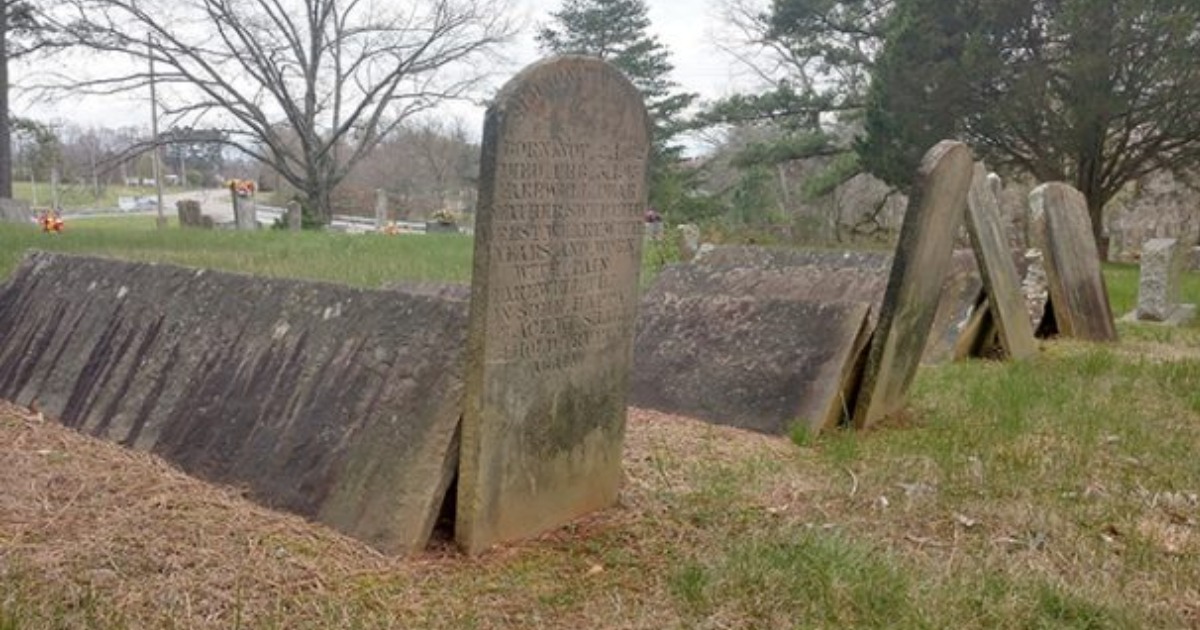The tent graves scattered around the southern United States are a unique part of American heritage. When moonlit nights or misty mornings work their magic, some older cemeteries in parts of Tennessee could pass for Civil War encampments. Unusual pup-tent-style graves stand in tidy rows, generally surrounded by more typical tombstones. Called tent or “comb” graves for their A-frame shape, they are constructed in ways that historians can analyze to a certain extent. They can only guess, however, as to why they were built.
The biggest concentration of these burial anomalies, more than 3,000, are found on a swath near the Highland Rim and the western Cumberland Plateau regions of Middle Tennessee. Hundreds more are to the north near Albany, Kentucky. Smaller numbers are scattered around northern Arkansas, northern Alabama, and north Georgia. The oldest dates on the graves are from the 1820s; their numbers trickled to a halt around the middle 1900s.
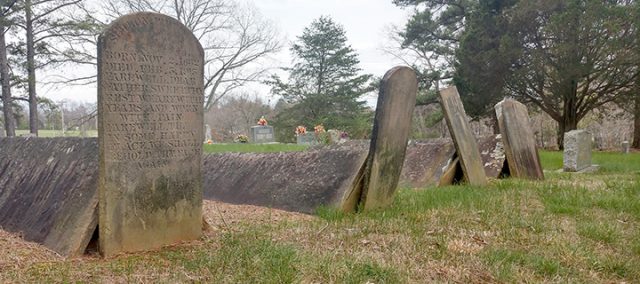
The graves are covered by two long slabs of rock pitched in an inverted “V,” like the peak of a roof. In fact, the word “comb” is an old architectural term that refers to the features of certain roofs. Material for the slabs over the graves can range from sheet metal to marble.
Most, however, are made from Hartselle formation sandstone, a mineral commonly found in outcroppings in the area. Some have iron rods for support. Others have end stones that brace the slab coverings. Many theories about the graves have been put forth; all of them involve protection of some sort.
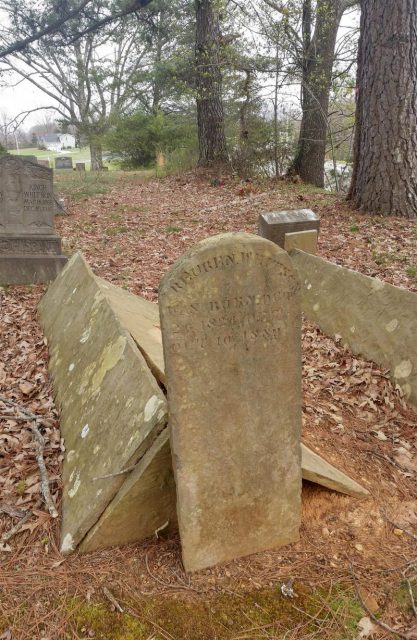
Some note that in rocky terrain, without the availability of modern mechanized equipment, graves may not have been dug as deep. A slab roof could keep out marauding critters–or even discourage potential grave robbers. They also kept livestock–used rather than mowing equipment to keep brush down–from damaging graves. And some figure the stone caps kept water from the grave, keeping the coffin intact, for at least a little longer.
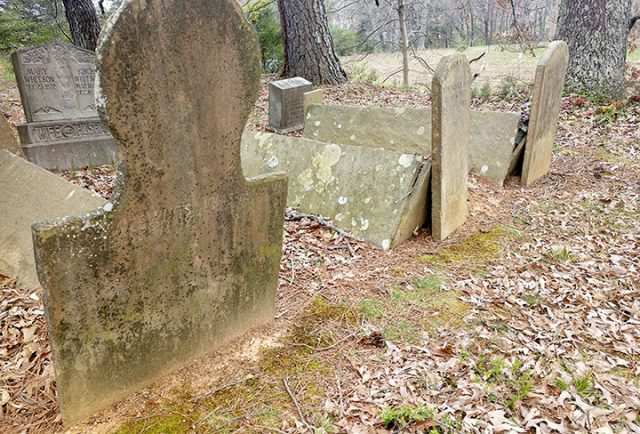
The more superstitious residents of the area might have had a more self-serving reason–a belief that the slaps kept restless spirits from wandering.
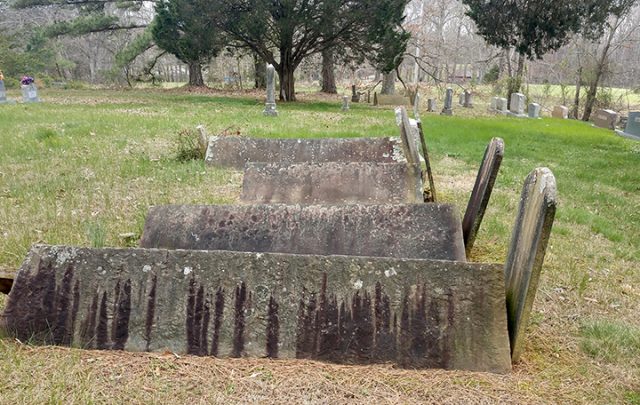
Hands down, the best-known comb grave is in France Cemetery in White County, Tennessee. It is the burial site of Champ Ferguson, the area’s most notorious Civil War marauder who once proudly claimed he was responsible for the ends of around 100 men during the conflict. In 1865, Ferguson was found guilty and sentenced to hang in Nashville.
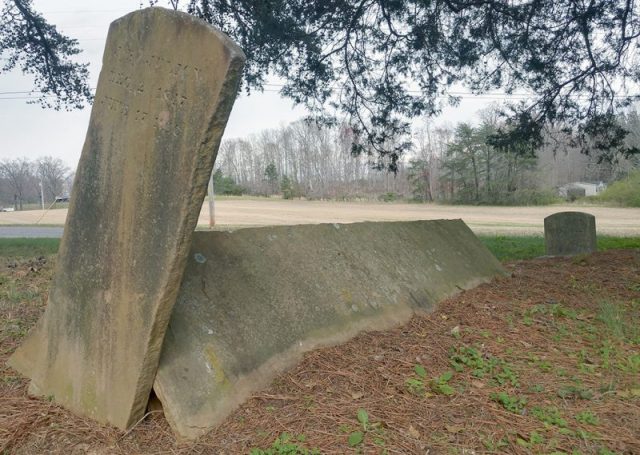
His response to the verdict, according to reports from the Nashville Dispatch, was unrepentant: “I repeat that I die a Rebel out and out, and my last request is that my body be removed to White County, Tennessee, and be buried in good Rebel soil.”
These days, a push is being made to save the dwindling number of tent graves remaining. In some places, the sandstone is crumbling or the stones have collapsed and are settling into the ground. Sometimes cemetery groundskeepers dismantle the structures because they can be difficult to mow around. There are cases in which descendants removed the stones, replacing what they consider “old-fashioned” structures with more modern grave markers.
Even theft has taken a toll. The slabs have been swiped by people who want to use the long, flat stones for something else. Ric Finch was a longtime earth science professor at Tennessee Technical University, in the epicenter of the comb grave area; he has spent countless hours mapping the odd graves.
Finch makes the case for protecting the graves. “Comb graves are part of our heritage,” he said on his website. “The comb custom appears to have started in Tennessee, and certainly reached its apogee in Tennessee.”
“This tradition,” he continued, “adds a distinctive and delightful bit of color to our local history.”
Terri Likens‘ byline has appeared in newspapers around the world through The Associated Press. She has also done work for ABCNews, the BBC, and magazines that include High Country News, American Profile, and Plateau Journal. She lives just east of Nashville, Tenn.
